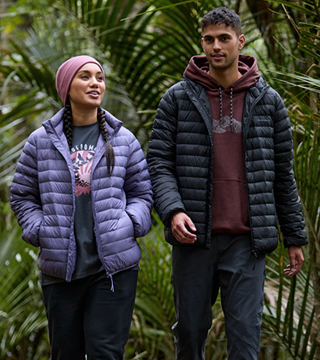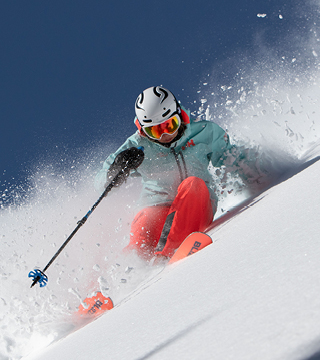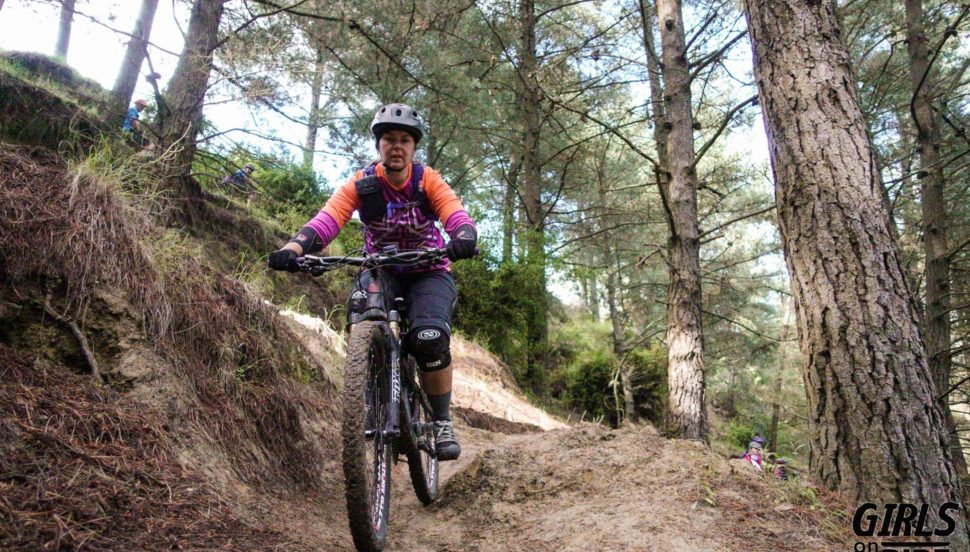New Zealand offers some fantastic backcountry mountain bike trails which can take you to remote and breathtaking parts of the country. This activity is increasing in popularity across the globe, with all kinds of tracks and trails being built each year.
Some of the key things to consider when taking your bike out is that unlike a walk or tramp, you can easily find yourself in the backcountry as you are using a machine to get you there. You also need to plan your trip and understand the inner workings of your bike, so if trouble appears, you can get yourself out of there in case there is no phone reception or help on hand.
What Should I Take?
New Zealand weather is very changeable. Even if you set out in the sunshine and there is no rain in the forecast it’s not uncommon to have an isolated shower. Make sure you take rain protection and extra layers you can put on if it gets cold. Having the right supplies means that you’re more likely to remain warm, comfortable and safe for the duration of your ride.
Wear the right fabrics. Clothing only retains what heat your body produces. Certain fabrics wick moisture away from the body and retain warmth. Avoid cotton clothing – when cotton gets wet it ceases to insulate you. Wet and cold clothing significantly contributes to hypothermia.
Clothing
- Good quality solid footwear –our tracks can be rough so wear closed toe sturdy footwear that you find comfortable – jandals/thongs/slippers aren’t a good idea on New Zealand tracks.
- Layer your clothing, but don’t wear cotton – thermals/fleece are a great idea because they stay warm when wet. Leave your cotton and denim behind as it won’t keep you warm when it’s wet. Expect to get wet while in New Zealand’s outdoors.
- A rain jacket is essential, the weather in New Zealand is changeable.
- Warm hat and gloves – even in summer, Kiwi trampers never leave home without these.
Food and water
- Plenty of water unless you find a stream or walk past a hut you won’t find water so take enough for a full day out. At least 2L per person is a good place to start.
- Enough food to last an extra night out or an emergency situation.
Equipment
No matter how short your intended adventure is, you should always carry basic equipment to help you if something goes wrong. A basic overview of the kinds of items you need to consider:
- A comfortable pack and packliner/emergency shelter
- Communications device e.g. mobile phone or personal locator beacon
- First Aid Kit
- Torch/headtorch
- A way to navigate (map/compass/GPS)


















